Hallux valgus
Definition
The term “hallux” refers to “big toe”. Once the big toe deviates from its straight axis, and increasingly points in the direction of the little toe, we speak of a “valgus” deviation. This inevitably creates a bony protrusion on the inside of the foot, which is also known as “bunion”.
Causes
Several causes have been described. Often, there is familial tendency and, in most cases, this deviation is found in women. Wearing close fitting, high footwear, can worsen the deviation.
Since a certain imbalance is created between the bone structures, the ligaments and the tendons, this “valgus” deviation has a progressive increase of deformity, which can spread over several years, if not decades.
Symptoms
Treatment depends entirely on the discomfort that you experience as a patient. As the pain at the level of the bunion worsens wearing inappropriate footwear, the symptoms will also be directly linked to the type and size of the shoes you wear. Moreover, the perception of pain varies greatly from person to person. Some patients only have a small deviation, with a lot of inconvenience and pain during daily tasks, while others have major malformations, with few symptoms.
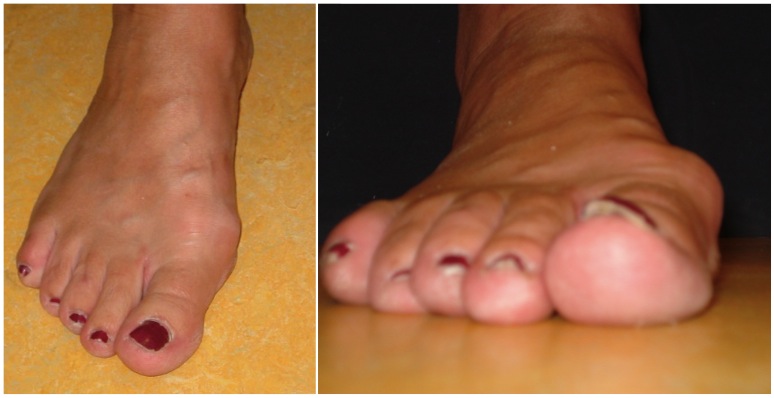
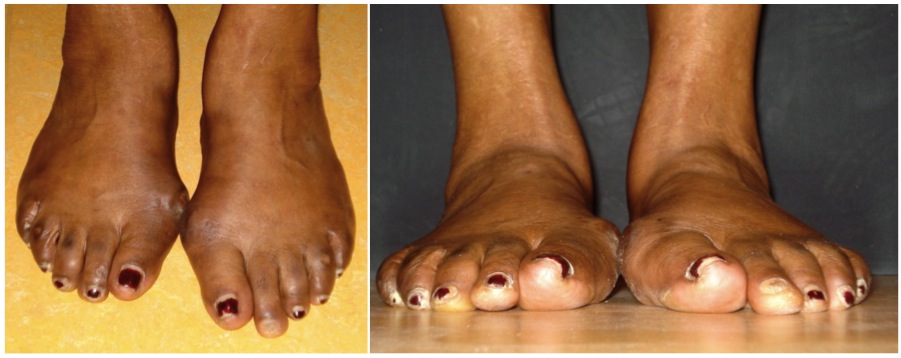
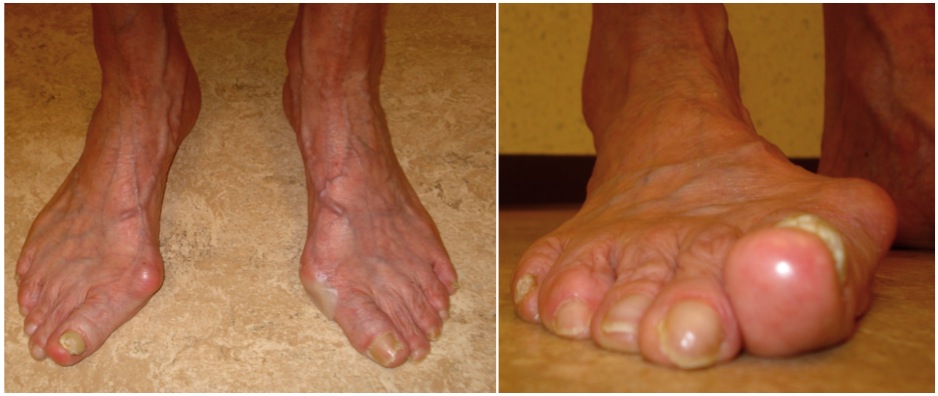
The most common problem is finding appropriate footwear and thus the shortage of space for the medial protrusion of the big toe. This creates friction, inflammation and sometimes wounds.
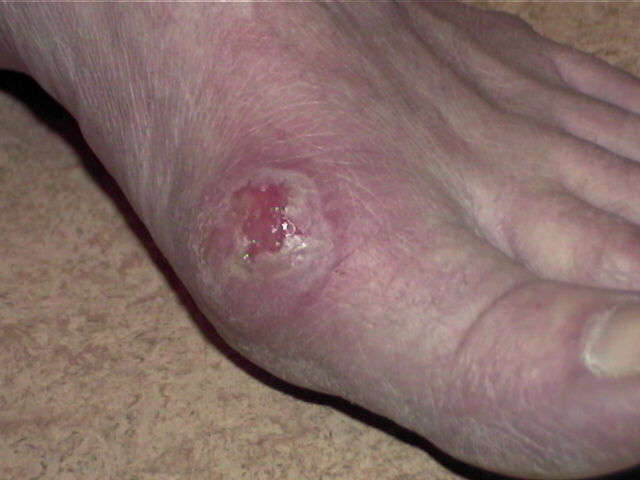
In the beginning of the hallux valgus position, the big toe still performs its function during normal gait. However, when the deviation increases, the flexor tendon has less power and increasingly deviates from its normal route. Because of this, the big toe will push off less while walking, creating an increased pressure under the rest of the forefoot. Even if the hallux valgus is little painful, but the rest of the front part of the foot (hammertoes or metatarsalgia) shows more and more symptoms, an indication for surgical intervention might actually exist.
Treatment
Largely, the treatment of a hallux valgus deviation can be summarized up in a few words: “Either the patient adapts the footwear to the foot, or the foot should be adapted to your shoes!” This sounds simple, but it is the naked truth. One must also realize that aesthetic surgery in case of a hallux valgus deviation is definitely undesirable.
Non-surgical treatment
First, the shoes need to be adjusted in order to avoid friction, and choosing flat shoes, with a wide, smooth tip, can do this. Orthotics in itself can correct a possibly accompanying rear foot problem or metatarsalgia, but because of this, there will be basically less space available for the big toe and the friction will be worsened.
Night splints have a certain benefit as long as your growth is not yet completed, in other words: this treatment is no longer recommended after adolescence.
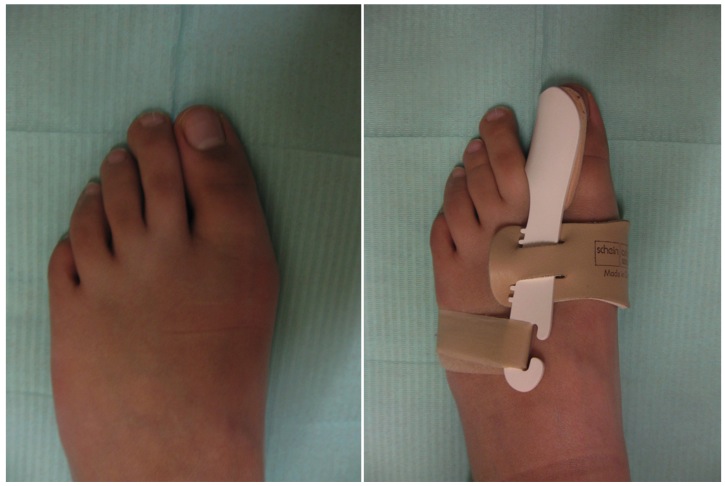
Podiatrists can make certain corrective and stabilizing orthotics for you. These can sometimes slow down the process of the deviation, but they will certainly not be a permanent solution. If, despite all these changes, the pain persists, know that a surgical treatment may bring solace.
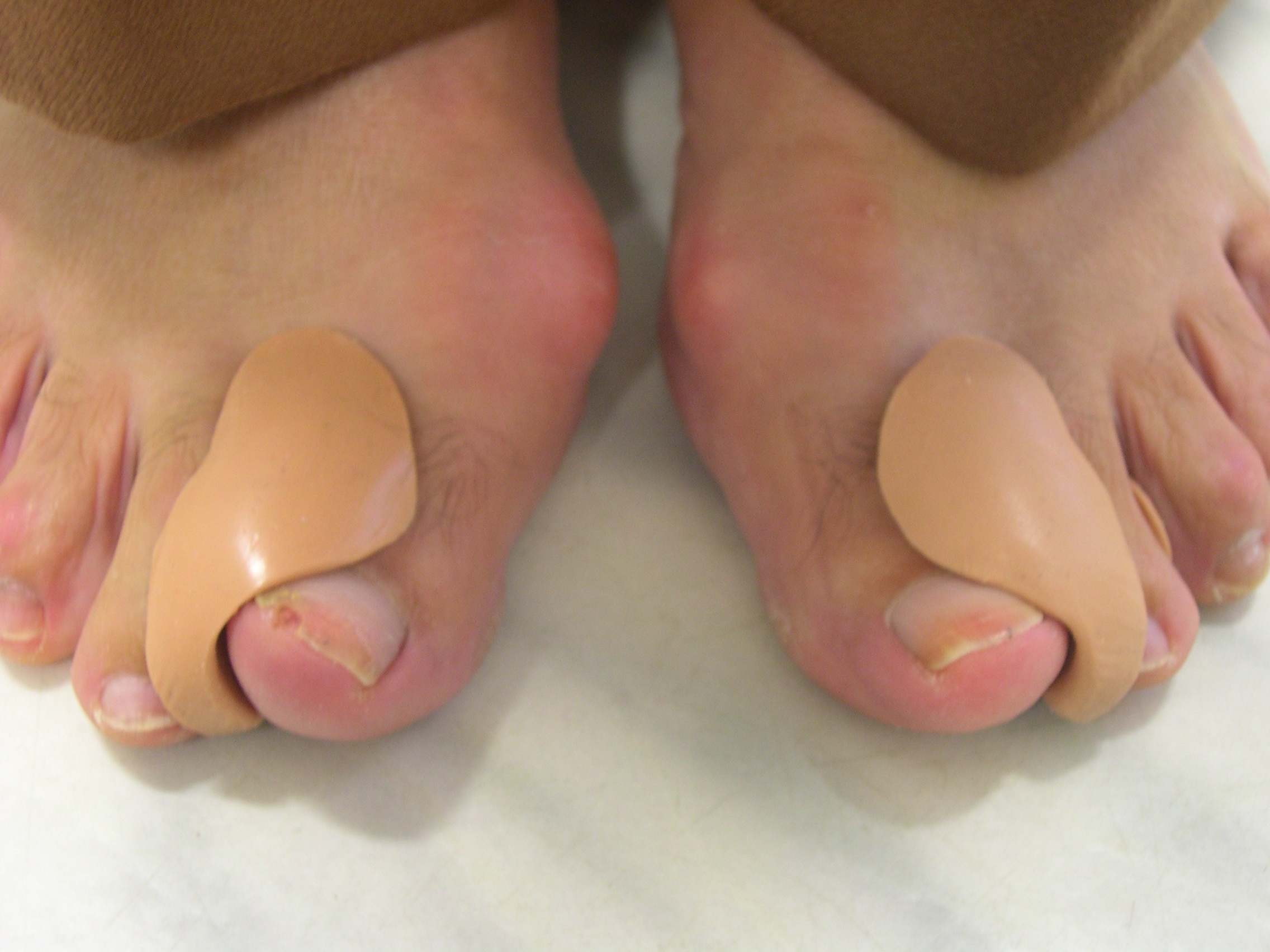
Surgical treatment
There are many types of surgical procedures to put the big toe in a straight position again and thus, to heal the irritation on the inside.
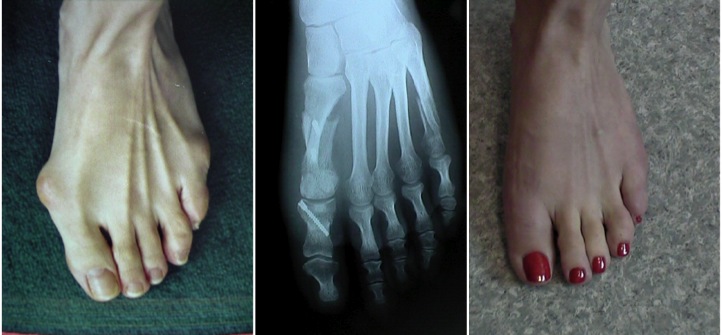
The chosen technique will depend on the following factors: the severity and the size of the deviation, corrective ability (i.e. can it be passively reduced to a straight position), the presence of osteoarthritis, the presence of associated pathologies, joint mobility, the preference of the surgeon, the length of the big toe compared to the others… The goal is always to restore the imbalance that has arisen around the joint, by replacing the metatarsal bone on top of the sesamoid bones.
- An exostosectomy, or simply the removal of the bone bulge will rarely be sufficient and/or have a lasting result. Therefore, this must almost always occur in combination with an osteotomy of the first metatarsal.
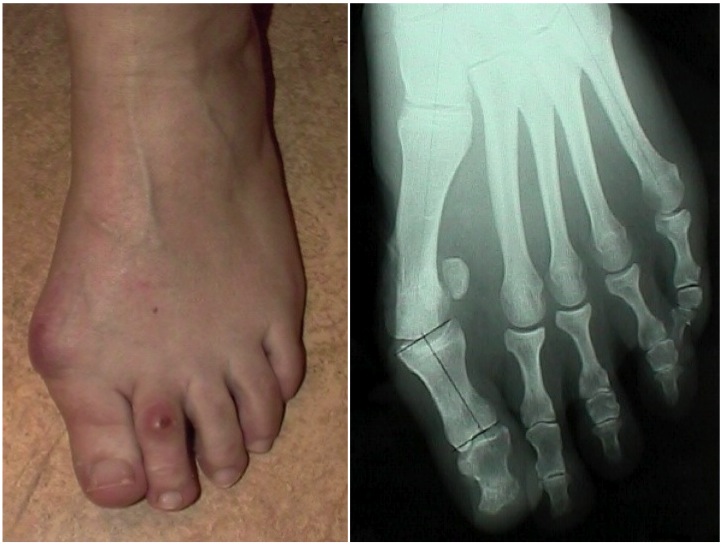
- Depending on the degree of the deformity and of the orientation of the joint surfaces, such an osteotomy can be performed at the basis (proximal), in the middle (diaphyseal) or at the end (distal).
- Distal osteotomies, such as Chevron and Scarf, are typically somewhat more stable reconstructions and require a fixation with a screw from time to time, which rarely needs to be removed later on. This is often performed in combination with an osteotomy of the first phalanx (Akin). Partial weight bearing in a special postoperative shoe is allowed during the first 4-6 weeks.
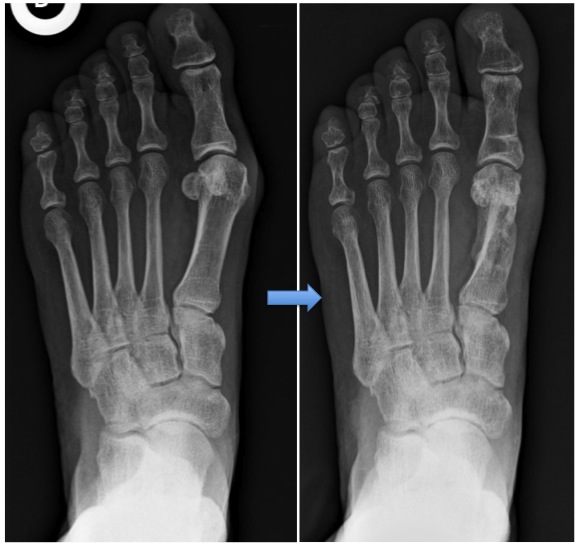
- Proximal osteotomies and/or arthrodeses allow larger corrections, but are less robust and therefore need better fixation methods. It is also forbidden to lean on the foot for 4-6 weeks, whether or not with the protection of a plaster cast.
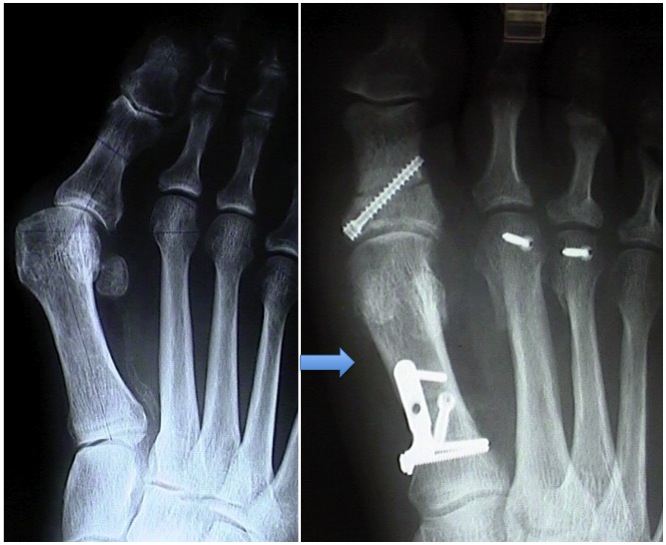
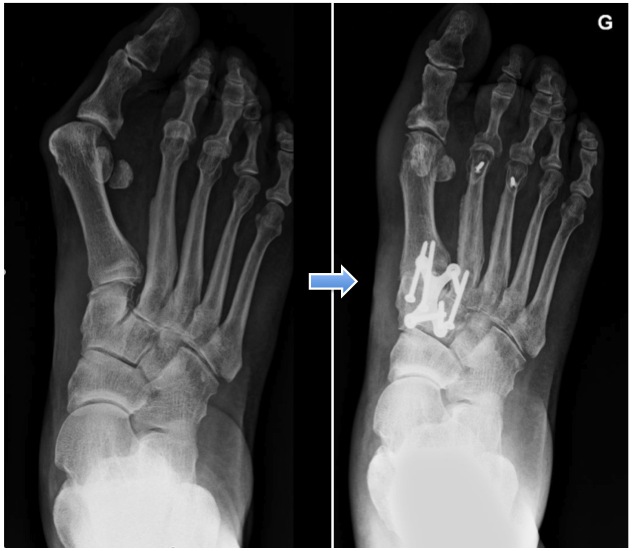
- Percutaneous surgery does not seem relevant here, since the subtlety required in such a correction demands a clear vision “in loco”.
- If the joint shows osteoarthritis and/or previous surgery has not proved successful, and/or there is almost no movement possible anymore, the most reliable surgery may be performed, i.e. arthrodesis. This procedure allows correcting the deviation and treating the osteoarthritis, excluding a relapse.
Postoperative policy
Such operations can easily be performed in day hospital, but often the patient stays in hospital one night after surgery, particularly for pain control. Modern anaesthesia techniques have made these procedures much less painful than was earlier told in popular speech. What is absolutely necessary after the operation is the fight against swelling. Since the foot is the lowest part of the body, gravity will cause swelling over several months anyway. This swelling must be fought, e.g. with a bandage that will be applied only by us, by maintaining a high position of the foot as often as possible, by ice application,…
When is hallux valgus surgery necessary?
You can consider hallux valgus surgery, from the time the change of footwear is no longer sufficient or when, in the presence of hallux valgus, pain occurs at the bottom of the foot or near the toes.

